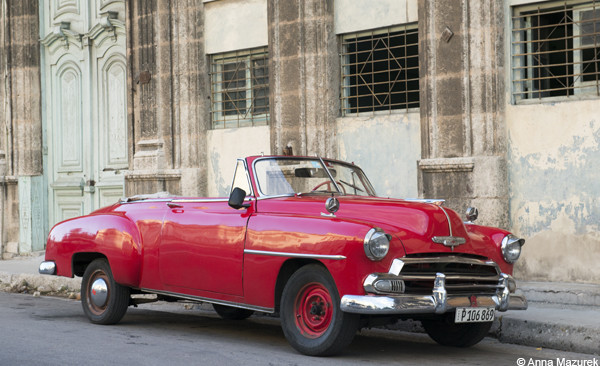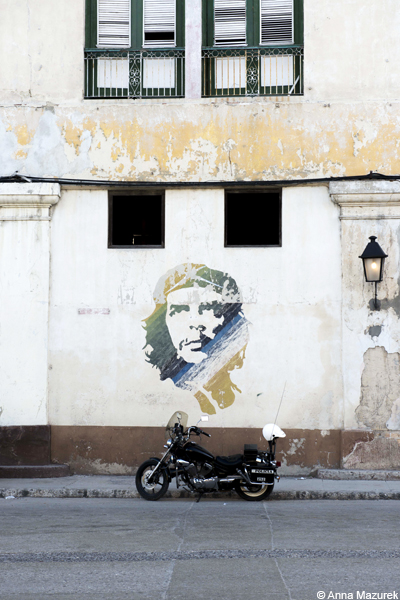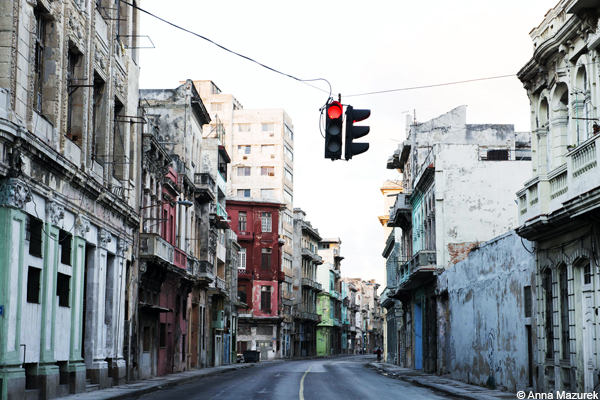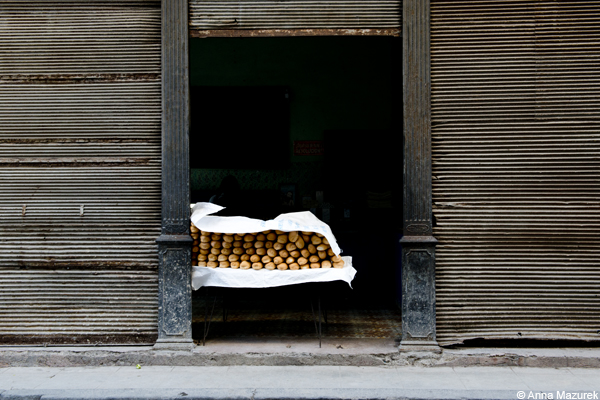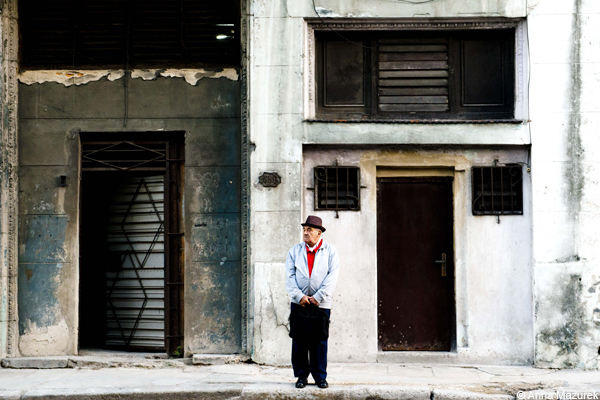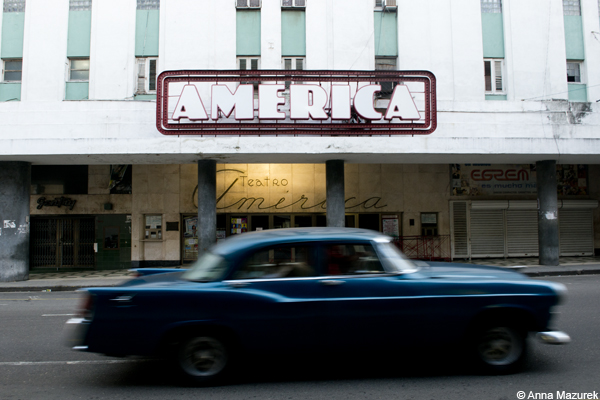A visit to Cuba is like stepping out of a time machine to the 1950s – streets filled with crumbling colonial buildings, vintage cars and cigar smoke. Every night salsa music leaks into alleys filled with card table domino games.
It is nearly impossible not to fall in love with Havana. It quickly became one of my favorite cities. I spent the majority of my time roaming the streets with my camera or going for long runs along the Malecón, the city’s iconic eight-kilometer long seawall.
I stumbled upon a mural of Che Guvera, the infamous revolutionary, on a run near the ferry terminal. Che is everywhere I go – his face is on t-shirts in Burma, stickers on the back of tuk- tuks in Laos, graffiti in Panama and jeeps in India.
My quest to go to Cuba started on the opposite side of the world in the most unlikely place – Burma. The Asian country was untouched by McDonalds, Starbucks and many influences of the Western world. ATMs weren’t an option. As I stared out the taxi window at the streets of the Yangon, I thought, “This must be what Cuba is like.” I am always fascinated by remote places and life on the fringes of society. I find beauty in the crumbling buildings and weathered streets. It is my favorite thing to photograph along with the street vendors.
Despite the poverty and challenges of life in Cuba, the locals possess an unrelenting warmth and resilience. It is the same resilience I saw in Burma and the remote corners of the Himalayas. They are survivors. As rumors of change sweep through the streets of Havana, my hope is that Cuba can retain its charm during and the quality of life improves dramatically for the locals.
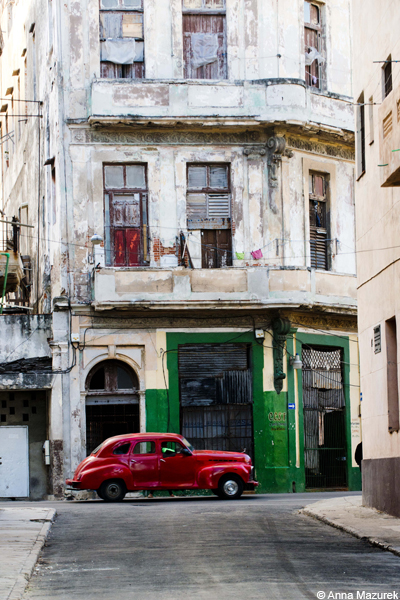
Tips for Traveling in Havana
Where to Stay:
- For the most authentic experience, stay at one of the many casas particulares, bed and breakfasts run by locals out of their homes. The best in Havana is Casa Deysi. She was recommended to me by a Brazilian guy I met traveling. Deysi was amazing and made my trip!
- Prices for casas particulares usually range between $20-30 USD per night for a room. They all have a small white rectangle sign outside with a blue symbol that resembles an upside down anchor.
Where to eat and drink:
- Starbien Restaurante might just be the best meal in Havana. Other great dinner spots include Ivan Justo and La Terraza. All three require reservations.
- Francesca’s Bakery across from Parque Central is a great budget-friendly breakfast spot with amazing ham and cheese croissants.
- The Cuban sandwich at Hotel Nacional on the Malecón is also a must.
- Grab a table at one of Hemingway’s favorite spots – the Floridita. Be sure to order a daiquiri, stay for a few songs by the talented house band and pose for an obligatory photo with Hemingway’s statue.
Money:
- Cuba has a dual currency system – Cuban convertible peso (CUC) and Cuban peso (CUP.) The standard currency is the CUC, which is used for most accommodation, transport and state-owned restaurants. The exchange rate is usually a consistent $1 USD = $1 CUC. Smaller privately-owned restaurants and produce markets will only accept CUP.
- Euros currently get the best exchange rate. ATMS are still limited and very few cards currently work. Currency exchange is available at airport and banks in the city.
- A taxi to central Havana from the airport is a set rate at $25 CUC.
For further information on traveling to Cuba, these articles from the The New York Times and The Guardian are a great resource.

